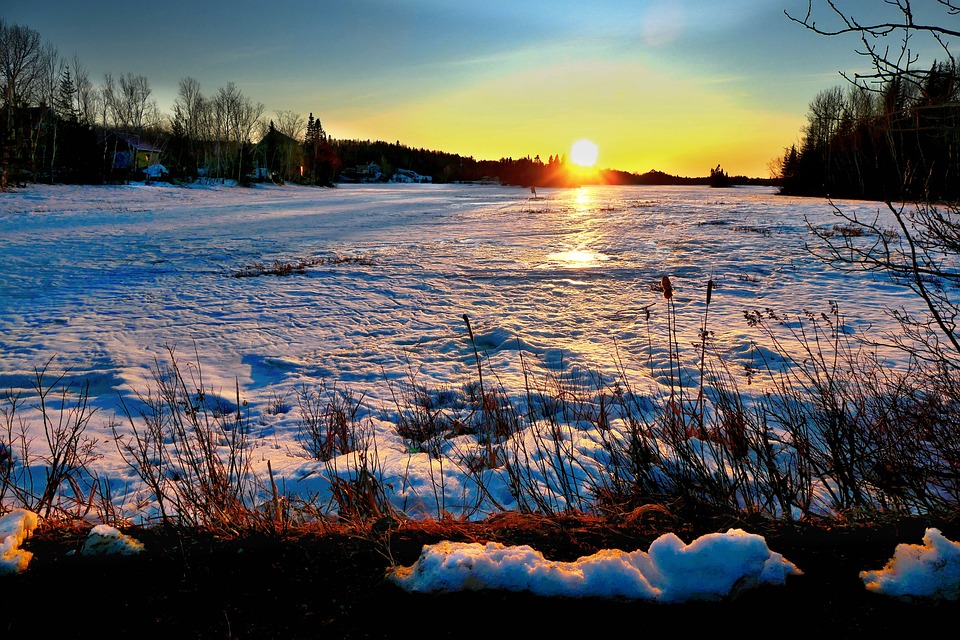What Is the Climate of Kansas?
Kansas, located in the central United States, is characterized by its flat plains and agricultural landscape. The state experiences a continental climate, marked by four distinct seasons, which are influenced by its inland position and varying weather patterns.
1. General Climate Characteristics of Kansas
#
A. Continental Climate with Seasonal Variation
Kansas exhibits a continental climate with hot summers, cold winters, and moderate spring and fall seasons. This geographical setting leads to significant temperature fluctuations and frequent weather changes throughout the year.
#
B. Temperature Range
– Summer (June to August): Temperatures often soar to between 90–100°F (32–38°C), particularly in July, which is typically the hottest month.
– Winter (December to February): January is the coldest month, with temperatures usually ranging from 20–40°F (-6 to 4°C). Snowfall is moderate, especially in the northern regions.
2. Seasonal Weather Patterns in Kansas
#
A. Summer
– Temperature: Generally hot and humid in the eastern part of the state, while central and western regions tend to be drier.
– Thunderstorms: Late spring and summer see frequent thunderstorms, sometimes resulting in tornadoes, as Kansas is part of “Tornado Alley.”
#
B. Fall
– Temperature: Mild and pleasant, temperatures gradually decrease from September through November.
– Conditions: Known for sunny days and crisp nights, ideal for outdoor activities and agricultural work.
#
C. Winter
– Temperature: Cold with occasional snowfall, particularly in northern Kansas. Nighttime temperatures often drop below freezing.
– Snowfall: Moderate snow accumulation occurs, with periodic snowstorms and ice storms disrupting transportation.
#
D. Spring
– Temperature: Variable temperatures rise from March to May.
– Severe Weather: Increased rainfall and thunderstorms are common, enriching the soil for agriculture but also increasing risks for severe storms and tornadoes.
3. Regional Climate Variations within Kansas
#
A. Eastern Kansas
– Climate: More humid with higher rainfall levels due to proximity to the Mississippi River valley.
– Precipitation: This region receives more rain than western Kansas, supporting diverse agriculture.
#
B. Central Kansas
– Climate: Transitional zone with less rainfall than the east but more than the arid west.
– Weather Patterns: Experiences hot summers and cold winters with mixed humid and semi-arid conditions.
#
C. Western Kansas
– Climate: Semi-arid with lower humidity and rainfall, resembling the high plains climate of neighboring Colorado.
– Temperature Range: Experiences more extreme temperature variations between day and night, supporting grasslands and wheat farming.
4. Climate Challenges and Adaptations in Kansas
– Tornadoes and Severe Storms: High tornado frequency necessitates storm shelters and early-warning systems for residents.
– Drought and Water Scarcity: Western Kansas faces drought conditions that impact agriculture, leading to reliance on groundwater for irrigation.
– Winter Weather: Snow and ice can disrupt daily life; however, the state is equipped with snow removal services.
FAQs
– What is the hottest month in Kansas? July typically records the highest temperatures.
– How often does Kansas experience tornadoes? The state averages about 95 tornadoes per year.
– What part of Kansas receives the most rain? Eastern Kansas generally has higher precipitation levels compared to other regions.
– How much snow does Kansas get in winter? Snowfall varies but is moderate overall; northern areas receive more snow than southern regions.
– How does Kansas’s climate affect agriculture? The climate influences crop selection, irrigation practices, and overall agricultural productivity due to its variability.
Conclusion
Kansas’s continental climate features hot summers, cold winters, and unique seasonal weather patterns shaped by its central U.S. location. Residents adapt to these climatic challenges—such as tornadoes and droughts—by employing strategies that maximize agricultural productivity while ensuring safety against severe weather events.

Kyle Whyte is a notable scholar and professor at the University of Michigan, holding positions such as the George Willis Pack Professor in the School for Environment and Sustainability and Professor of Philosophy. Specializing in environmental justice, his work critically examines climate policy and Indigenous peoples’ ethics, emphasizing the nexus between cooperative scientific endeavors and Indigenous justice. As an enrolled Citizen Potawatomi Nation member, he brings a vital perspective to his roles as a U.S. Science Envoy and member of the White House Environmental Justice Advisory Council. His influential research is supported by various prestigious organizations including the National Science Foundation, and disseminated through publications in high-impact journals. Kyle actively contributes to global Indigenous research methodologies and education, with affiliations to numerous institutes and societies dedicated to traditional knowledge and sustainability. Recognized for his academic and community engagement, Kyle has earned multiple awards and served in various visiting professorships. His efforts extend to leadership positions on boards and committees focused on environmental justice nationwide.
